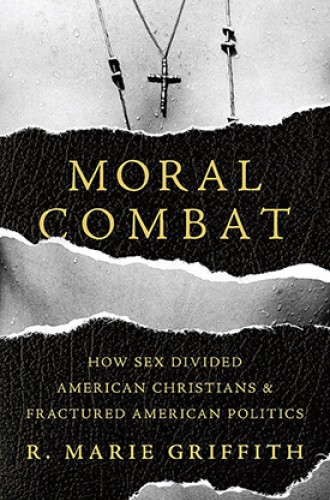What we talk about when we talk about sex
The intersection of race and sexuality is the ur-story of American culture.
Marie Griffith notes a strange tic in American culture: whenever anything extraordinarily bad happens, conservative preachers of various stripes come out of the woodwork to blame sexual immorality as the root cause. Terrorist attack? Sexual depravity. Natural disaster? Sexual depravity. Mass shooting? Sexual depravity. All collective experiences of disaster and suffering are caused by—or are signs of God’s displeasure with—Americans’ sexual behavior, particularly homosexuality, abortion, and sex outside of marriage. At least some portion of the country finds this type of explanation compelling. Another portion finds it ridiculous in the extreme.
Griffith asks: How did this happen? And what does it mean? She wants to tell the story of how a society that had a relatively uniform understanding of sex and gender became a divided nation, how Christianity became “two virtually non-overlapping religions,” and how these two different ways of interpreting culture have come to dominate current debates. She describes how each decade of the last century was shaped by a debate about sex and sexuality, from birth control in the 1920s to same-sex marriage and LGBTQ rights at the turn of the century.
Griffith begins her story just after World War I, with birth control advocate Margaret Sanger. Sanger’s advocacy for birth control was both a religious claim and an antipoverty argument. She rooted the issue not only in women’s liberation but in the alleviation of women’s suffering, especially that of poor women. Sanger aligned herself with Protestant and Jewish clergy who shared the same goals. Opposition to her campaign was likewise religious. Griffith points to Christian organizations like the New England Society for the Suppression of Vice, which had long opposed contraceptive efforts, believing that they promoted sexual promiscuity.





